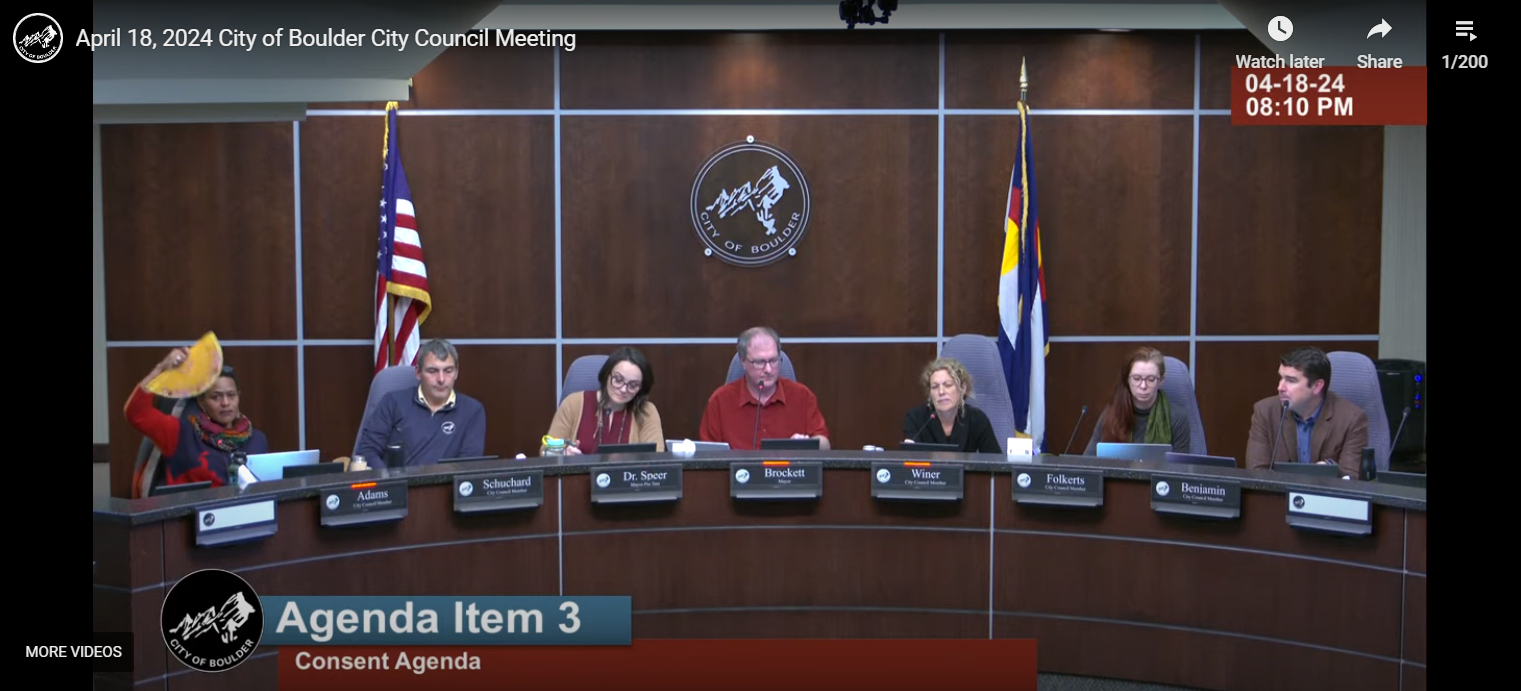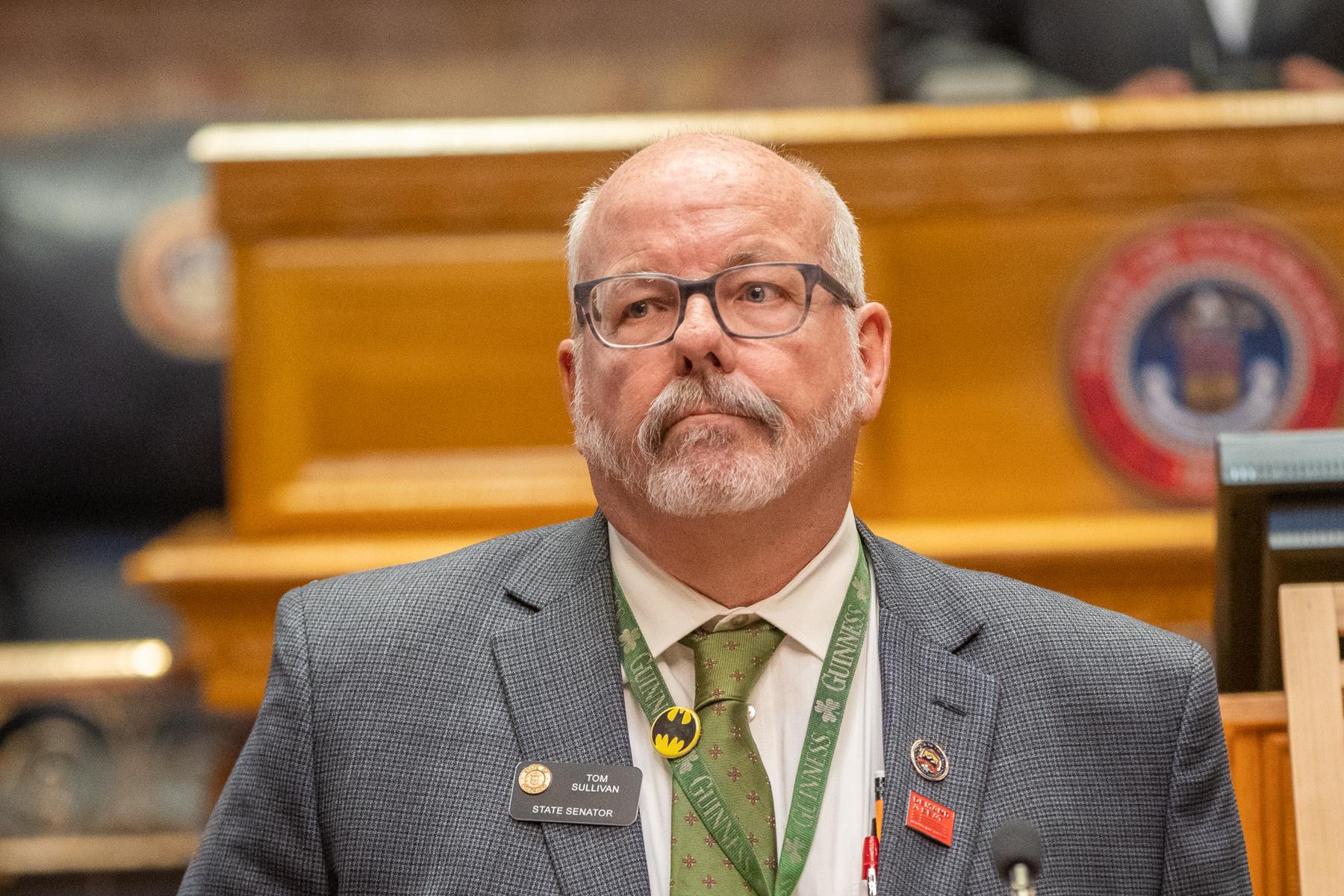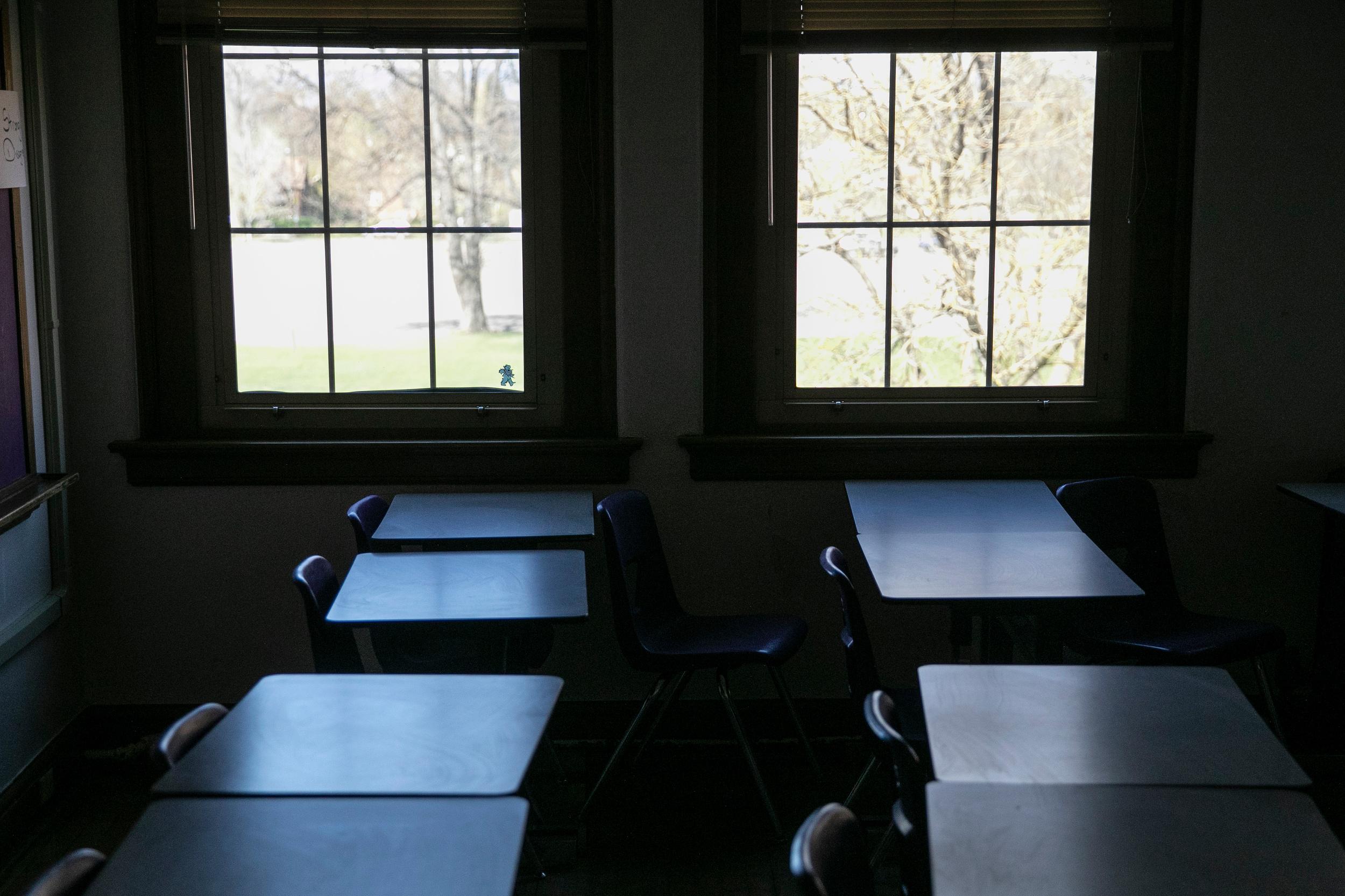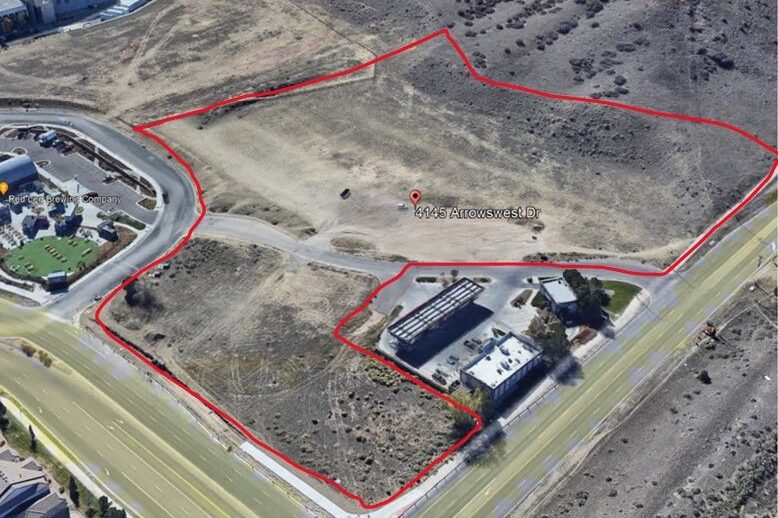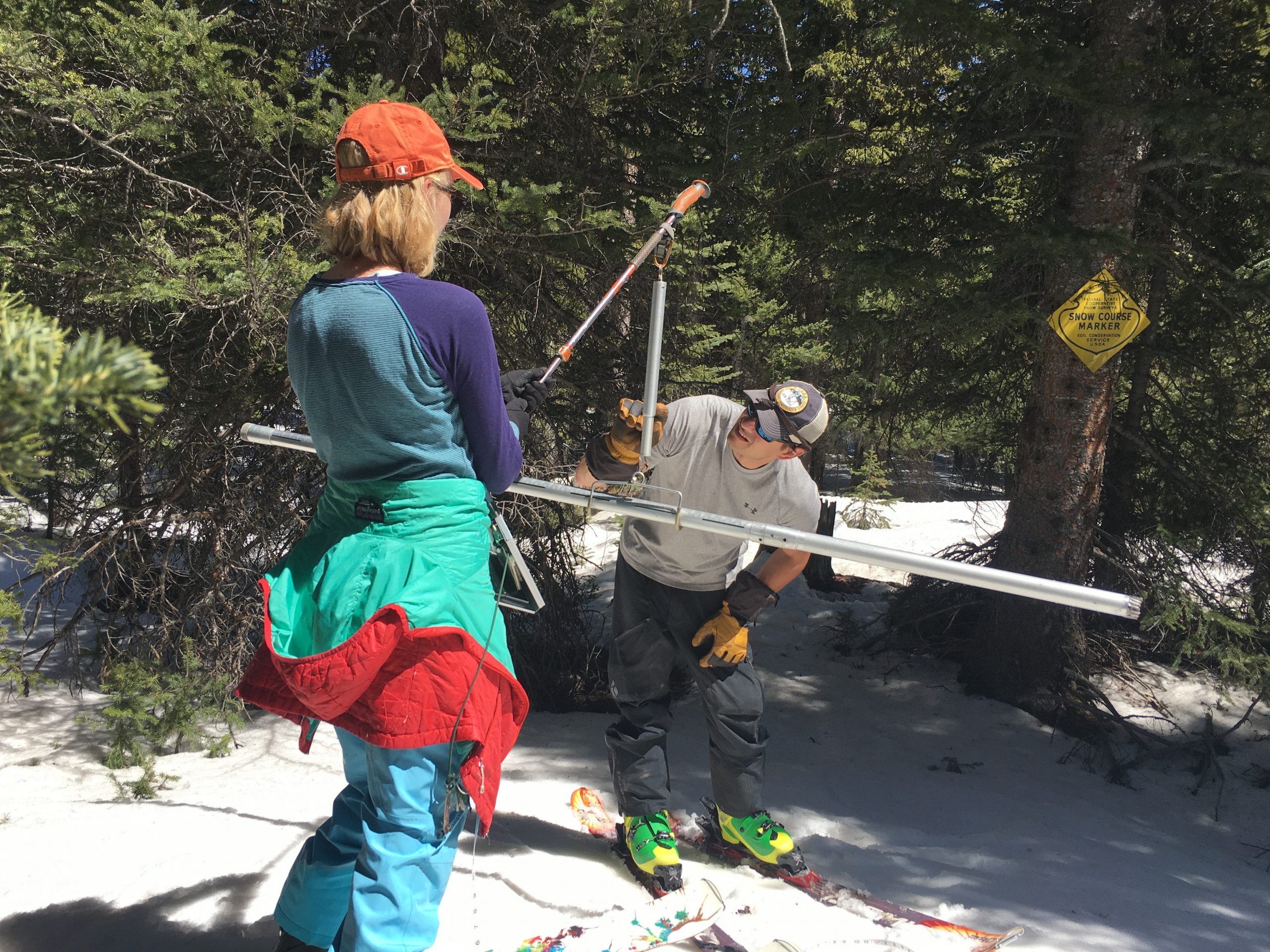
Brian Domonkos straps on a pair of cross-country skis and glides through the trees along Mosquito Creek west of Fairplay.
It’s May, but there’s still snow in Colorado’s mountains near the headwaters of the South Platte River.
Domonkos, the Colorado Snow Survey supervisor, gets to work measuring how much snowpack is left from the winter to runoff into streams, rivers and reservoirs this summer. These mountains trap snow in a natural reservoir. As it melts, it becomes the primary source of water for Colorado and much of the West.
Climate change is disrupting this delicate system in multiple ways. The overall trend shows less snowpack accumulation due to warmer temperatures. What does collect melts sooner and faster, which means less snow on the ground and a greater chance for wildfires.
To measure the snowpack, the total seasonal accumulation of snow on the ground, Domonkos skis to specific points on what’s called a snow course. He then jabs a tall metal pipe into the snow to collect a core sample.
“We're actually gonna weigh the snow tube set and the amount of snow that we captured in that sample, we'll then know how much water is in the snowpack at that exact point,” Domonkos said.
The snowpack at the South Platte’s headwaters is over 110 percent of normal levels for this time of year, but that’s not the case for the rest of the state. In southwest Colorado, it’s less than 40 percent in areas that are already experiencing a historic drought.
The trend is concerning, Domonkos said.
“That might be the real wow factor for me, where these soil moisture deficits and low stream flows that we're seeing in the fall prior are having such a massive impact on the current year streams,” he said.
Year after year, unusually dry soils from warmer than normal temperatures and a lack of moisture are absorbing a lot of the water that melts from the snowpack. This means a lot of water isn’t making it into rivers and streams, essentially limiting the efficiency of the melting snow.
Even a year with an above-normal snowpack might not push Colorado out of a shorter-term drought, Domonkos said.
“That's where I think some of our concerns for us as professionals that do this, the deeper we get we wonder if we're able to get out of it,” he said.
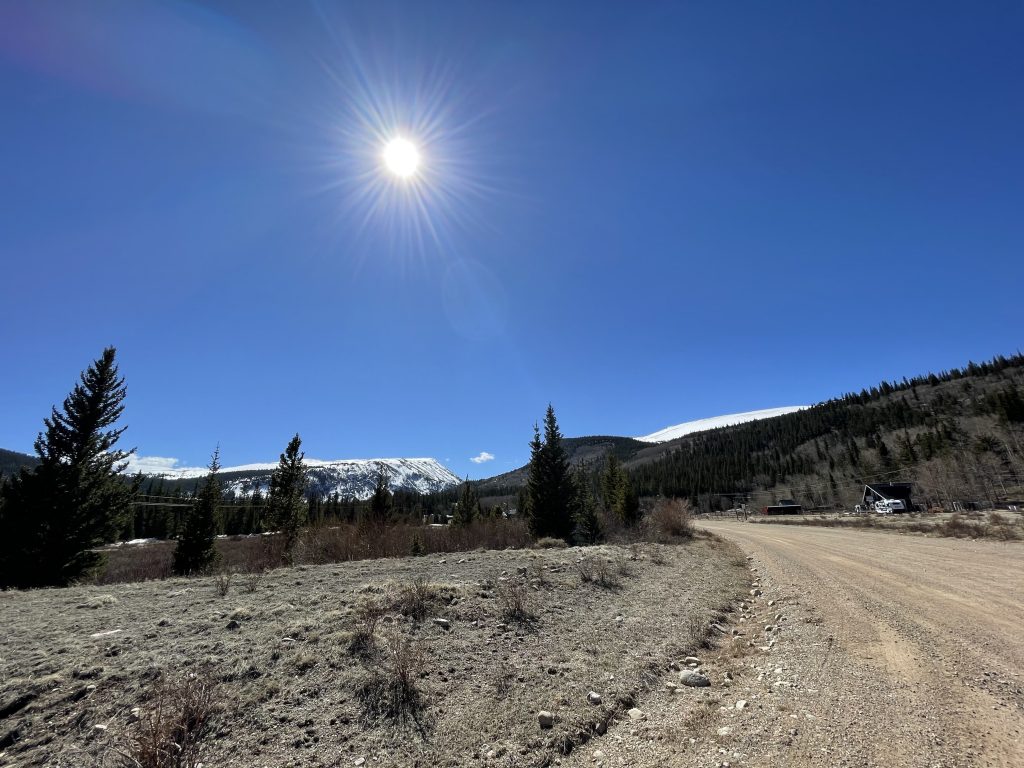
Dry soils are taking water
Colorado has also been missing out on its late summer monsoon rains the last few years. Assistant state climatologist Becky Bolinger said that means the soils don’t have a chance to catch up on moisture until the snow melts.
“Your soils are dry, which gets into this unfortunate feedback loop of hot soils, evaporating dry and hot air,” she said.
Bolinger said those dry soils from the fall soak up the snowmelt that should flow into streams in the spring. Last year was a good example — no big monsoon showed up in 2020, and “incredibly hot temperatures” dried out the soil.
In years that start with a water deficit, like this one, melting snowpack saturates the soil first.
“In order to have a normal runoff season and get what you need into the reservoirs, you need above-average snowpack,” Bolinger said.
Bolinger said the Colorado Climate Center is working on a project that looks more closely at how much soil moisture plays a role in the snowmelt season.
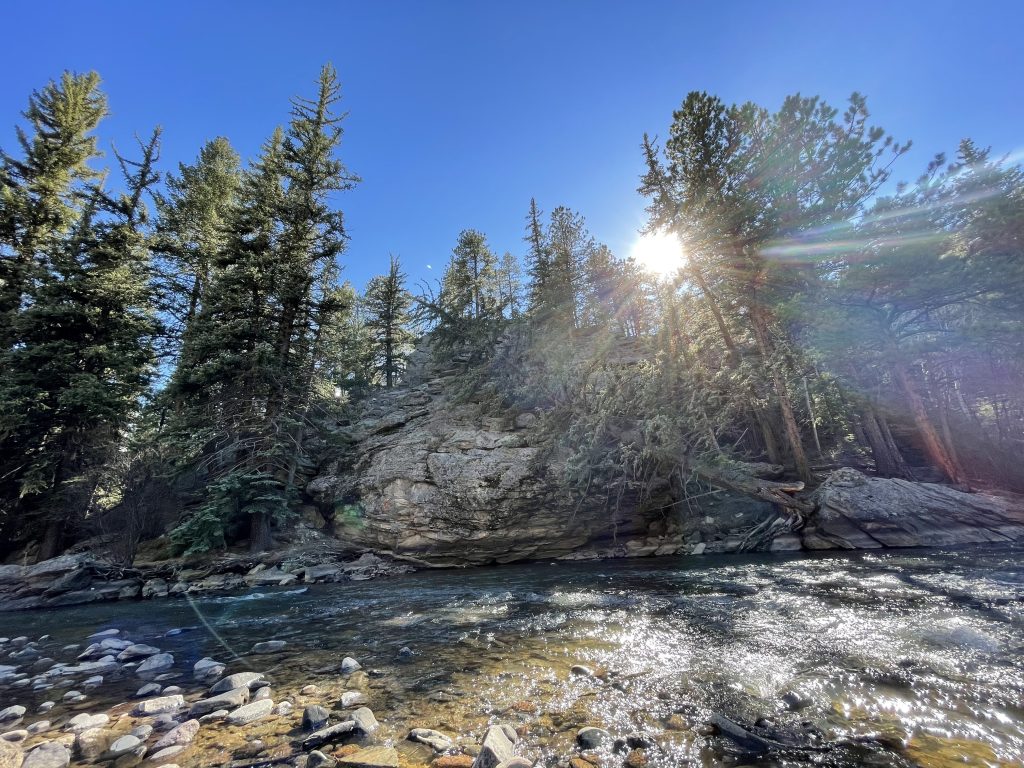
The effects ripple downstream
Poor snowpack efficiency doesn’t just impact Colorado. Reservoirs Lake Powell and Lake Mead are projected to shrink to historic lows in the coming months, which could trigger the federal government's first-ever official shortage declaration. That would mean mandatory water cutbacks in Arizona and Nevada.
The Colorado River, which starts in the Rocky Mountains of Colorado, feeds those reservoirs. The snowmelt supplies water to millions of people downstream. The forecast for Lake Powell is just 28 percent of average levels.
“This wouldn’t be a concern if Lake Powell and Lake Mead had more water in them, but they are already at critically low levels,” Bolinger said.
The record lowest inflow for Lake Powell was in 2002, a historic drought for the West. But Bolinger notes that Powell and Mead were “quite full at the time,” and believes there’s a chance this year could rival the record.
“We have not recovered from that 2002 drop,” she said. “I am extremely concerned about what this is going to mean for Lake Powell and Lake Mead.”
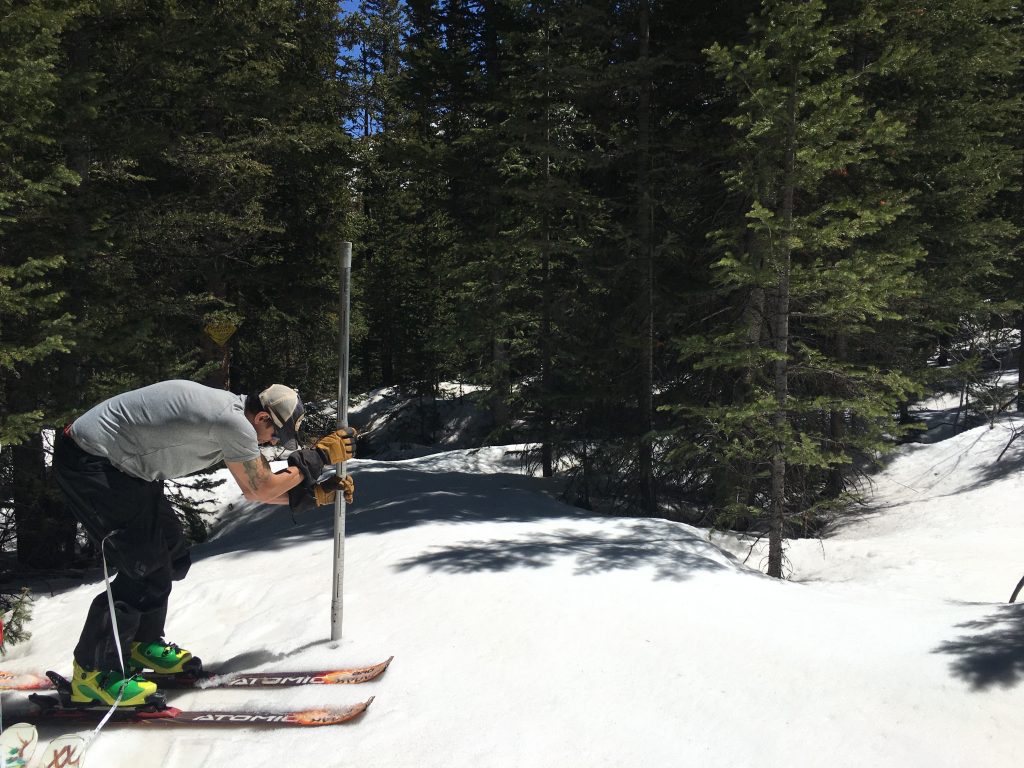
From recreation to ranching
Some parts of Colorado rely on snowpack as its central water source. Sonja Chavez manages the Upper Gunnison River Water Conservancy District, where snowpack levels are around half of normal. With less snow melting off quicker, Chavez said it’s shortening the recreational season. If the snowpack was above-average, she said there could be six months of a season on the rivers.
“When you're in drought like we are right now, that season is concentrated into maybe four months,” she said. Low river flows can mean bad water quality from higher concentrations of metals and other contaminants, she said.
The lack of snow and monsoon rains also has a big impact on ranchers in the area, who are reporting lower hay production and smaller herd sizes.
“So this year we're starting to see our producers reduce their number of their cattle herd, and that has trickling economic effects throughout our basin,” she said.
Chavez said the Bureau of Land Management has reported that water wells drilled on federal grazing land are starting to dry up. “The groundwater supplies and levels are actually falling,” she said. “The city of Gunnison is actually dependent upon groundwater well supplies for our municipal water uses.”
Chavez said there’s a sense of urgency for water managers to plan for worst-case scenarios. She said more people have moved to the Gunnison area because of the COVID-19 pandemic allowing for remote work. Some of the water rights on those homes are newer.
“Some of those junior water right holders, they just may not get their water at all which is a concern,” Chavez said. That situation has been avoided in the past by educating folks on how to best use the water they do have.
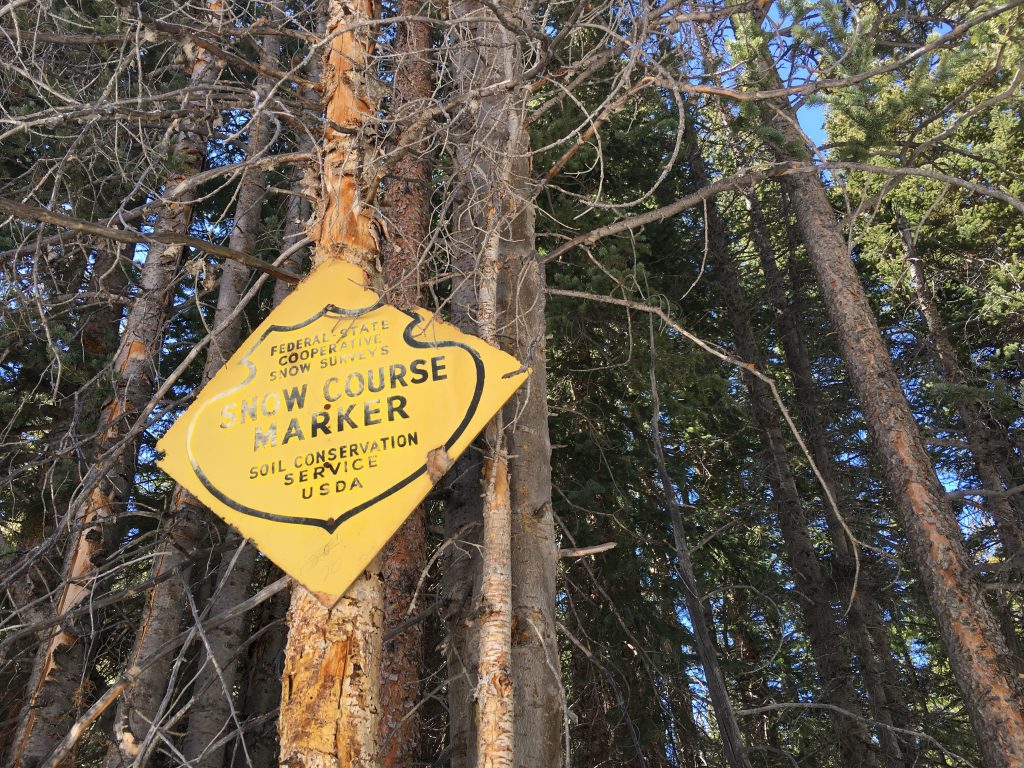
What it means for fire season
Chavez said there’s a lot of worry about wildfires since the Gunnison River Basin is surrounded by federal lands. Kelly Gleason is an assistant professor of ecohydrology at Portland State University. She’s researched how the effects of climate change on snowpack influence wildfire activity.
Gleason said that snowpack has declined dramatically across the West and other mountain states. When that snow melts earlier, it’s like opening a dam in the spring, she said. The result is less water available in the summer months for both people and ecosystems. Another symptom of snow disappearing from the landscape earlier is an extended drought and fire season, Gleason said.
“The earlier the snow melts, the drier the landscape becomes in that late summer period before fall rains sort of drown the system again,” she said.
Without the slow trickle of moisture from melting snow, vegetation in the forest dries out, creating fuel sources primed for wildfires. Snowpack that collects in areas of the forest that have recently burned collects black carbon and is exposed to more sunlight, Gleason said.
“That blackened gunk acts like a black t-shirt on a sunny day, absorbing solar radiation,” Gleason said.
Gleason said that snowpack behavior and reliability are no longer "business as usual" due to climate change.
- This Is The Rainiest Start Denver Has Seen In 80 Years, But Most Of Colorado Is Still In Extreme Drought
- This Restaurant-Led Agriculture Effort Wants To Help Farmers And Ranchers Fight Climate Change
- Colorado Farmers Are Heading Into One Of The Driest Planting Seasons In The Last 20 Years
- Colorado Weather’s ‘New Normal’ Is Hotter And Drier — And A Preview Of The Future

